Welcome back to Unassuming Barber Shop, a semi-regular column here at The Beat that examines–and sometimes flat-out speculates– on the possible historical origins of fictional comics characters.
When Doctor Strange debuted in July 1963’s Strange Tales #110, readers met a superhero magician who wasn’t all that unfamiliar to them. Cast firmly in the mold of Mandrake, Chandu, and Dr. Fate, the new character by Lee and Ditko (Google that debate on your own) didn’t get a backstory until issue #115. There, readers saw Strange pulled through his now-familiar origin of being a injured surgeon who travels to Tibet to be spiritually healed by the mysterious ascetic known as “The Ancient One” and reborn into a world of magic as earth’s Sorceror Supreme. Doctor Strange was a weird, new Marvel hero who contrasted sharply with the Hulk, Spider-man, and Thor. But what if Doctor Strange was based on a real man — who claimed to have done the same things?
Though Eastern philosophy was popular in the late fifties and early sixties, the first major international bestselling book on the subject was The Third Eye by Lobsang Rampa, first published in 1956. In the book, Rampa claimed that he lived on the Lhasa plains in Tibet before entering a life of mysticism.
The early Lee-Ditko Doctor Strange contains many similarities to Rampa’s account. For one, Stephen begins life in the real world as a gifted, self-absorbed surgeon:
Rampa begins his own training as a doctor; specifically, as a surgeon. He writes in a subsequent book, Doctor from Lhasa (1959):
I would journey to Chungking and study to become a doctor and surgeon . . . I would have to rise above all temptation, all suffering, to bring help to those in need. They told me that my life would be hard, that suffering and pain and ingratitude would be my constant companions. How right they were! Medicine and surgery were my particular strong points. I studied these with avidity.
In the comics, Stephen Strange studies under the Ancient One in Tibet.
Rampa studied in a remote Tibetan monastery as well, under the 13th Dalai Llama himself. The Dalai Lama is pictured here (below right) in the famous “Sitting Up In Bed” pose of his station, which the Ancient One also emulates.
Under the Ancient One’s somewhat cranky pedagogical ways, Strange learns about many magical topics, including flight and astral projection. Rampa writes intimately of astral travel in his work, describing Strange’s practice (and Ditko’s execution of it) in similar ways:
Visualise yourself as a body within a body, visualise you are in a body withdrawing from your outer body in much the same way as you would withdraw your hand from the glove which encompassed it. Visualise your astral form to be absolutely identical with the outer form. Visualise that body as a solid creation. Look at it from the top, from the ends, and from underneath so that you get a complete picture, a solid picture of it. Then let yourself feel satisfaction. You are out of the body.
You have got out of your body. You are floating just above your flesh body. Think—where do you want to go?
In his first book, Rampa describes a painful procedure that opened his Third Eye, allowing him the gift of mystical sight, a power that Dr. Strange also frequently employs.
Rampa claimed that use of the Third Eye could be augmented through the use of mystical artifacts. In Rampa’s case, this was a “crystal orb.”
It is obvious that if one is healthy, physically and mentally fit, the sight is at its best. So it is with the Third Eye sight. One must be fit, and to that end we prepared before trying to use any of these devices. I had picked up my crystal, and now I looked at it. Held between my two hands it appeared to be a heavy globe which reflected upside.
The description matches that of one of Doctor Strange’s most powerful artifacts, the Orb of Agamotto:
Rampa is also shown frequently wearing a small circular amulet, set with (possibly) a familiar Eye.
Even the scrolls Strange studies in the comics replicate (if you look closely) the Tibetan language.
Lobsang Rampa, in his NINETEEN books before his death in 1981, consulted hermits, ancients, and other mystics to learn about life and death, psychic awareness, astral travel, reincarnation, and even UFOs. His first book alone sold THREE MILLION COPIES.
But Lobsang Rampa was also a fraud. In 1958, The Daily Mail published the report of a detective named Clifford Burgess, who discovered that Rampa’s real name was Cyril Henry Hoskins of Devon, England. He was a clerk who had never even been to Tibet. He had made it all up.
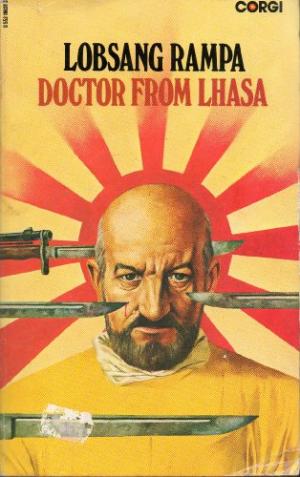
When finally confronted about his books, Rampa (or Hoskins) just let it roll off his back; in his next book, he explained that he had long ago been inhabited by the transmigrated soul of Lobstrang Rampa and that his stories — all of them — were still true. He continued to write bestselling books. People still, to this day, believe them to be real. Even his 1964 book, Living with the Lama, which was dictated to Rampa by Mrs. Fifi Greywhiskers, his cat, is currently ranked #937,660 in Books on Amazon.
It is, according to Rampa, translated from the Siamese.
Brad Ricca is the author of Super Boys: The Amazing Adventures of Jerry Siegel & Joe Shuster – The Creators of Superman and the upcoming Mrs. Sherlock Holmes. He also writes the column “Luminous Beings Are We” for StarWars.com. Follow @BradJRicca.


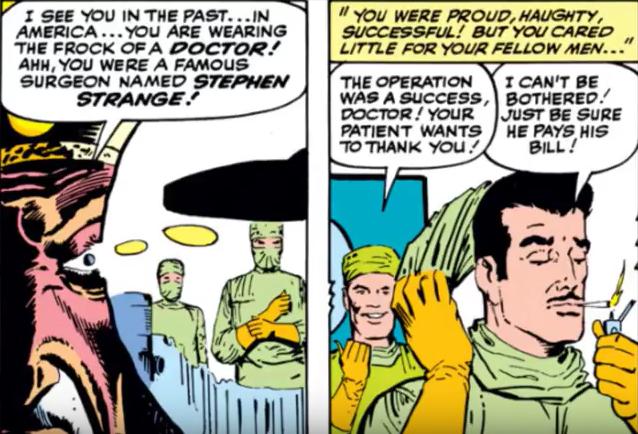
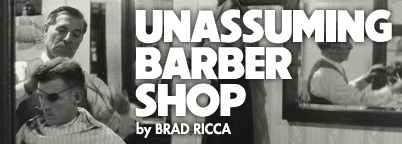
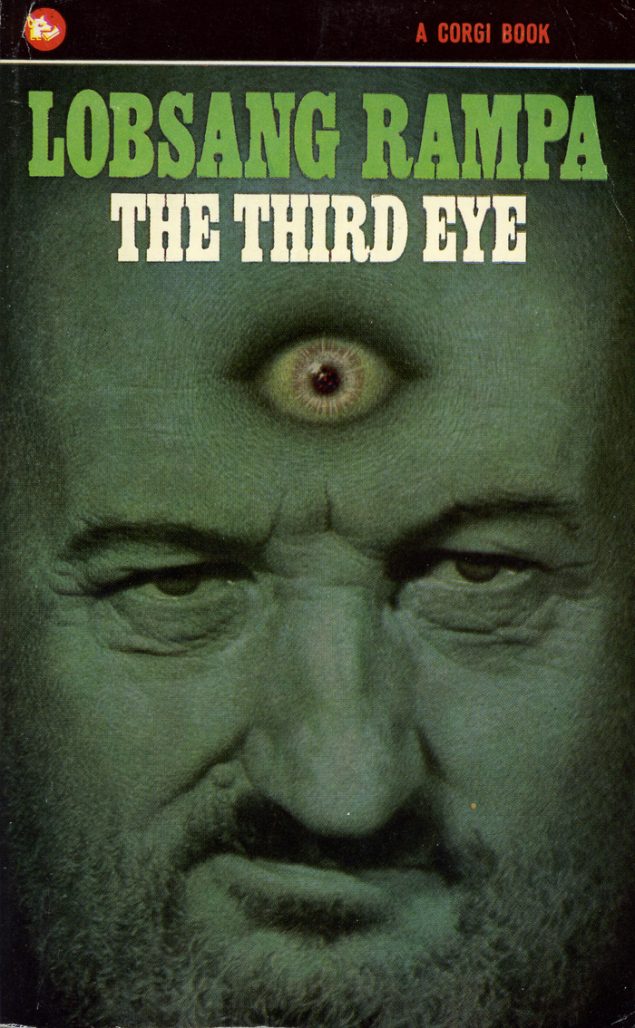

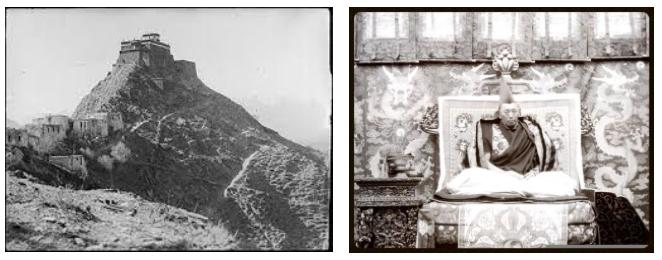

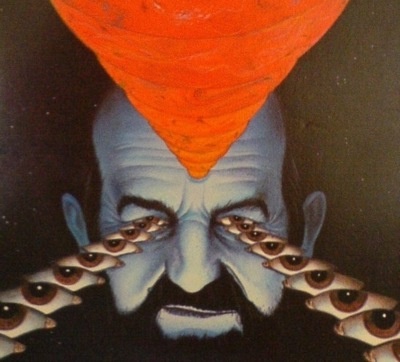
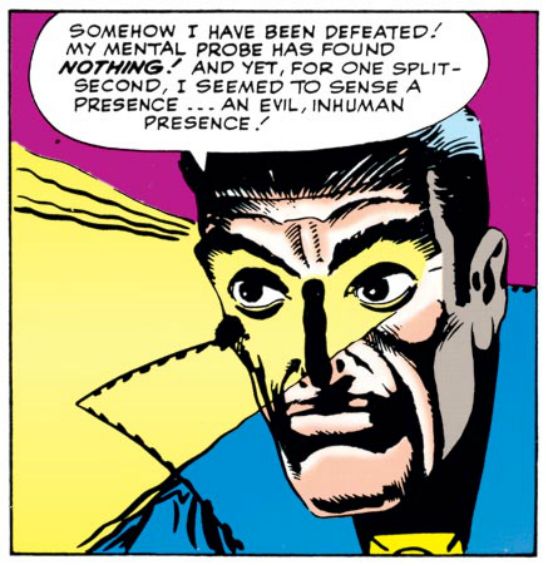
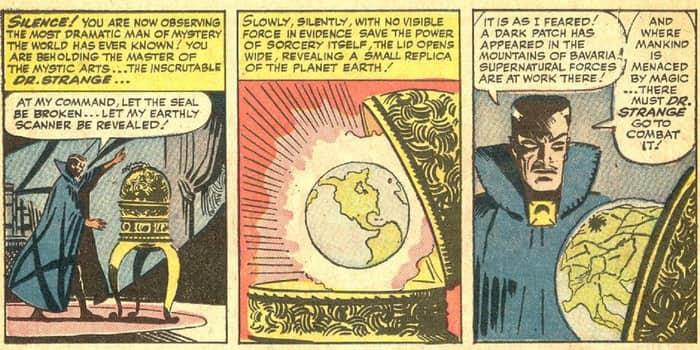
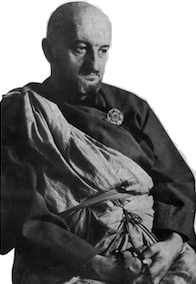
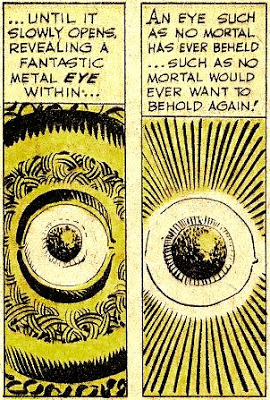

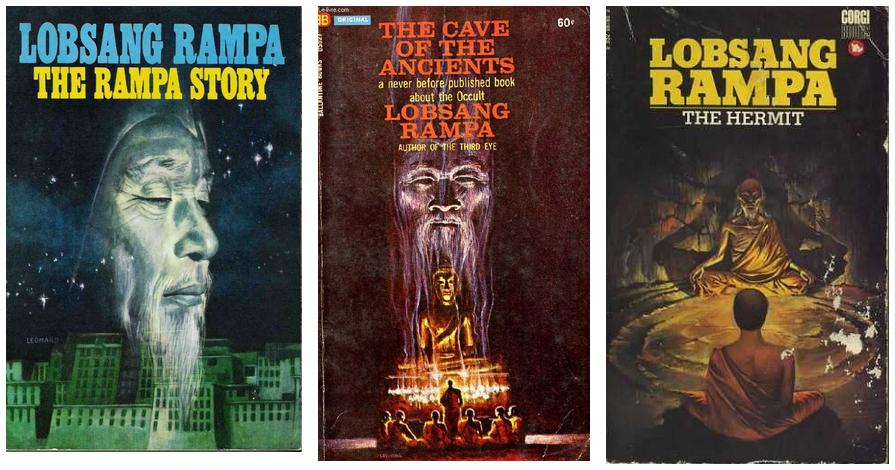
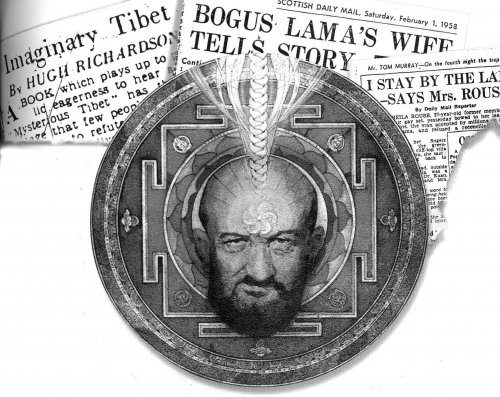
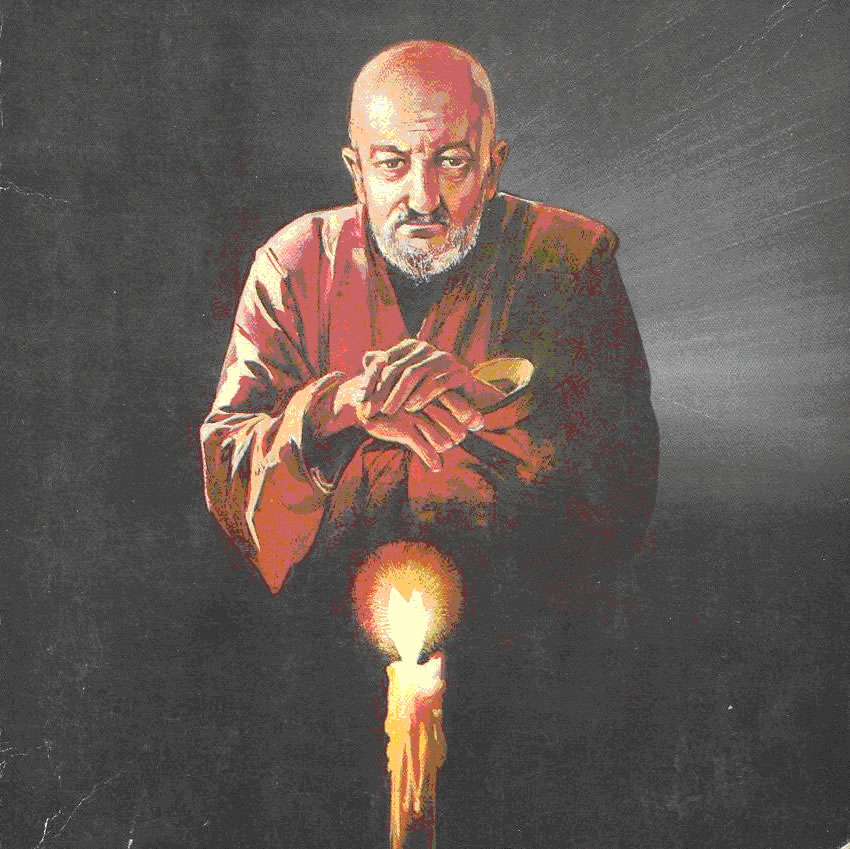
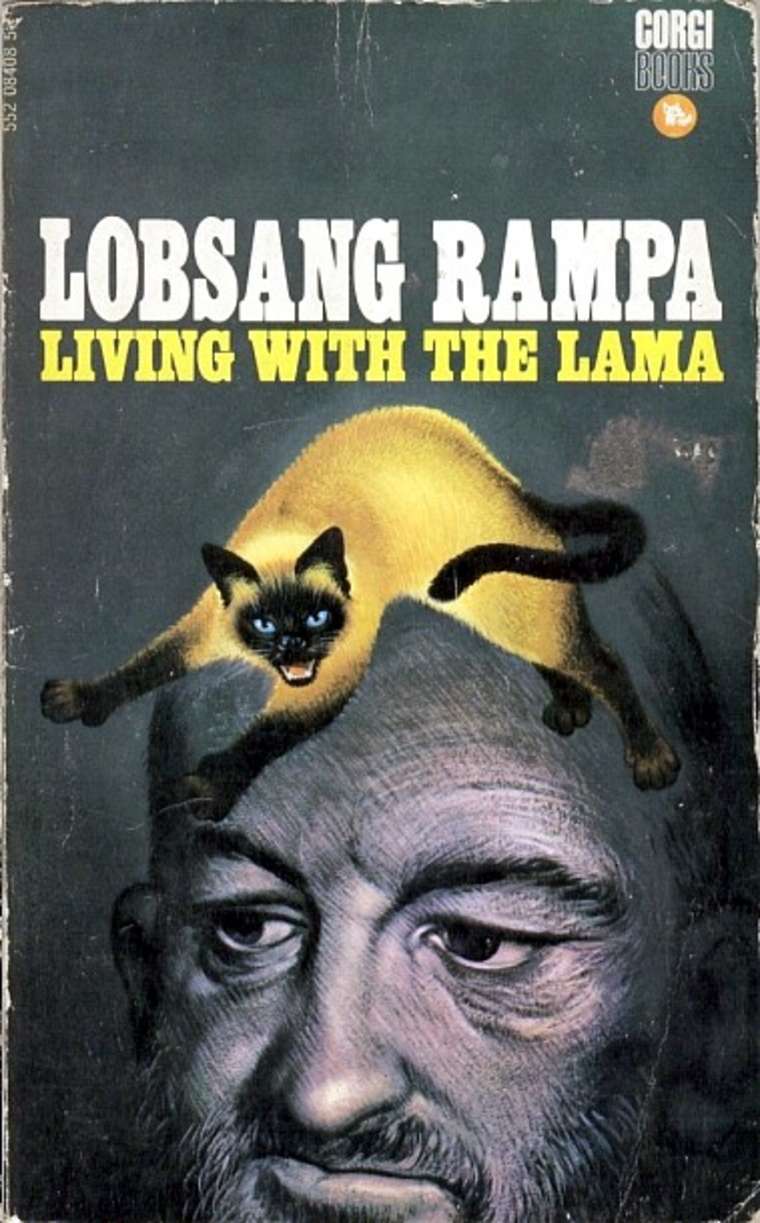
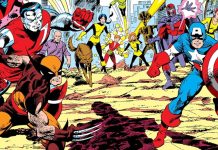


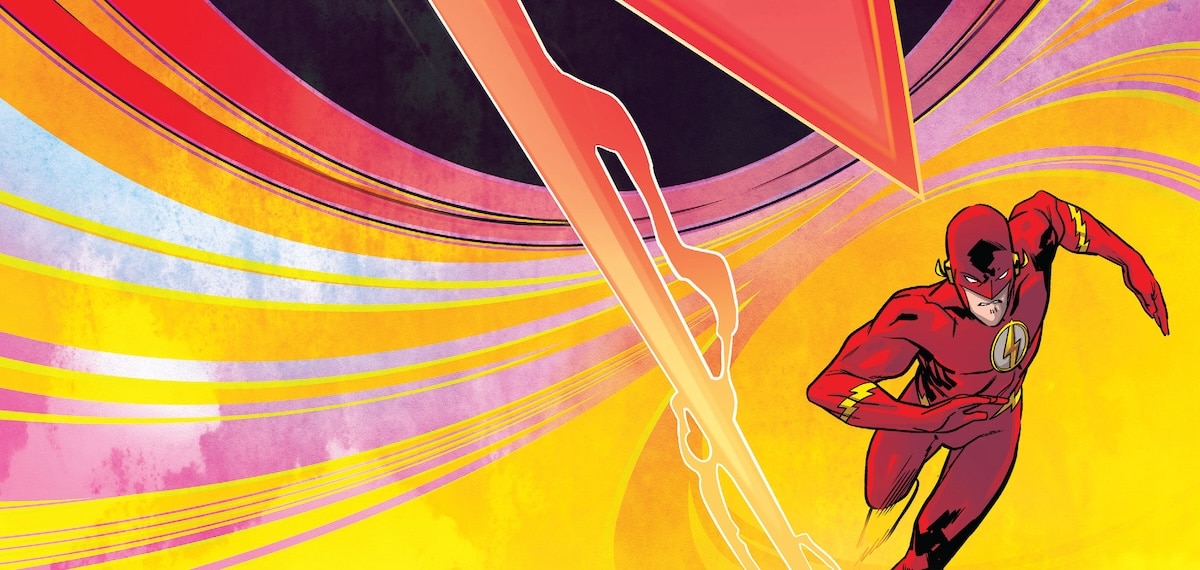

I adore these.
Great find!
Stan Lee used to credit Ditko as being the sole creator of Doctor Strange although on the film it is co-credited to Lee and Ditko.
I think it’s clear Ditko pitched Dr. Strange and plotted the stories. Lee may have come up with the name Stephen Strange (it fit’s his pattern) and it was most likely Lee who came up with scripting like “By the Hosts of the Hoary Hoggoth!” “By the power of the Dread Dormammu” and “By the Omnipotent Oshtur!”
No doubt Ditko did the majority and possibly all of the heavy lifting when it comes to Dr. Strange, but it’s possible and even likely that Lee contributed what he typically contributes to character creation.
Comments are closed.